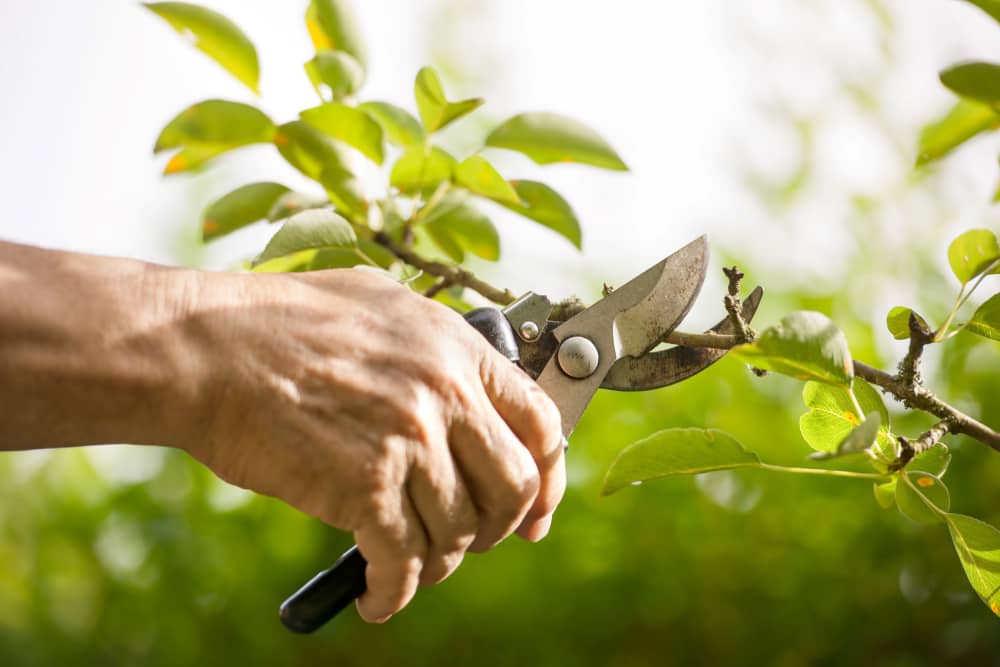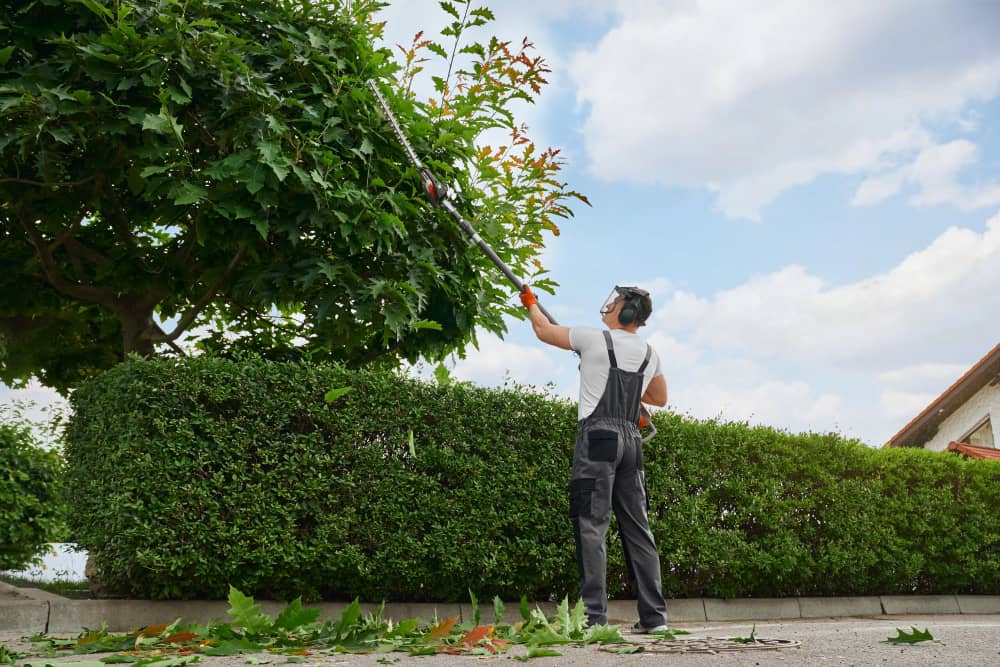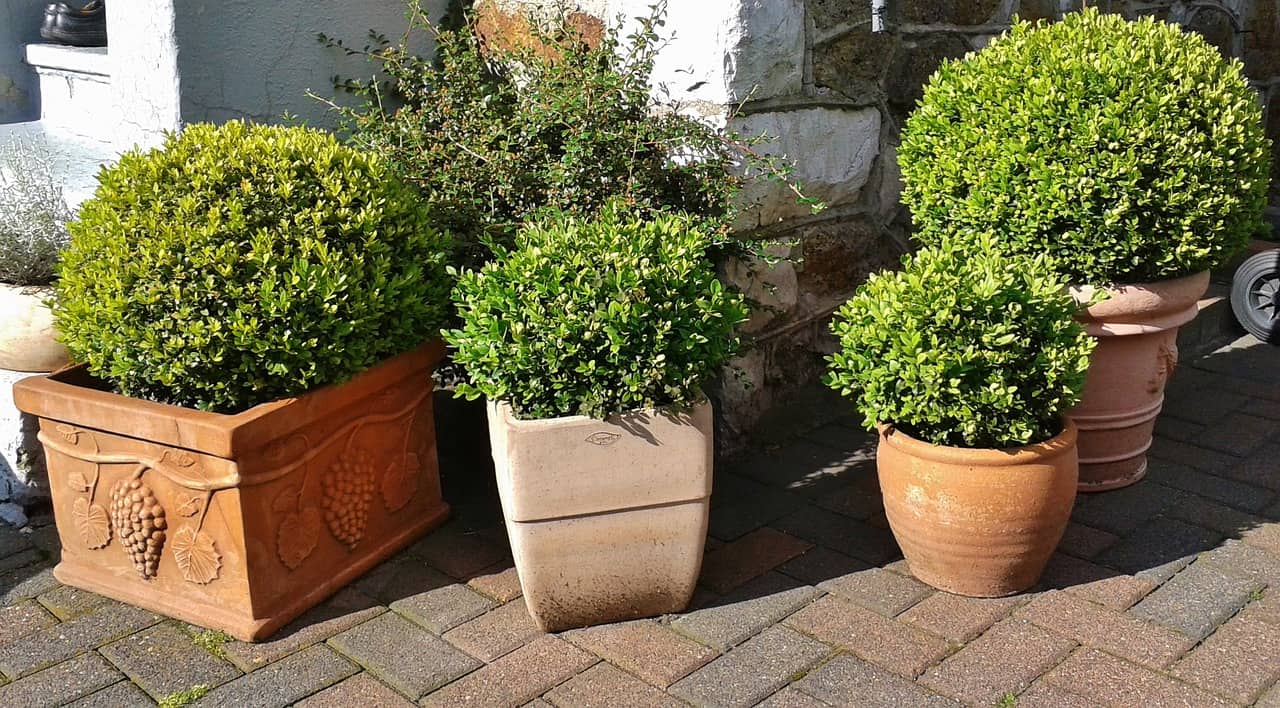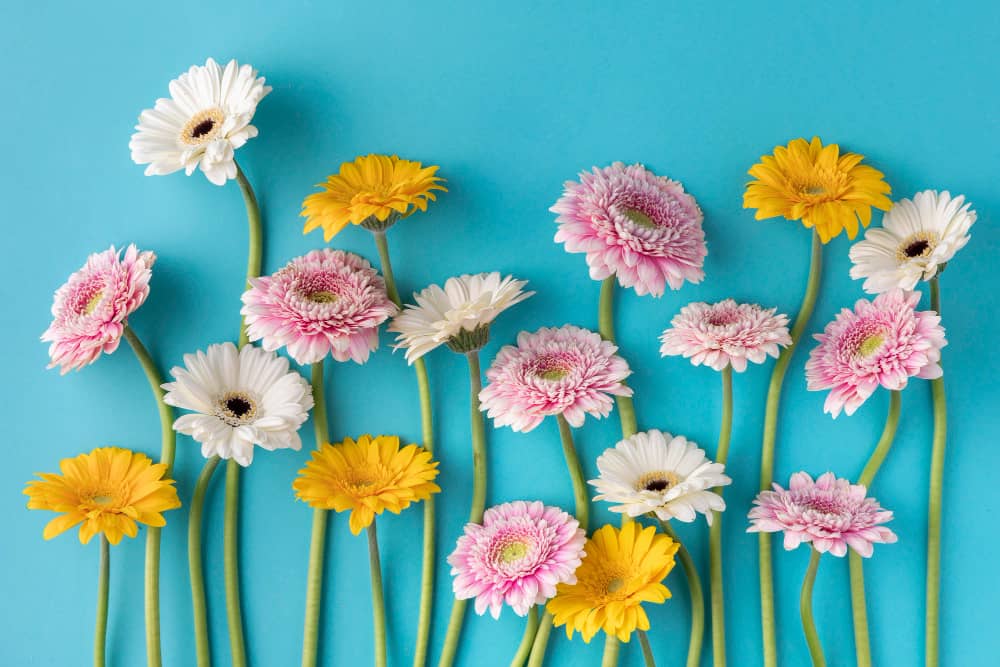A well-maintained garden can boost the aesthetic appeal of your property. To ensure your garden stays in top shape all year round, routine maintenance involving pruning should be a priority. Regular and correct pruning techniques to remove sick, damaged, or dead growth is essential to keeping them healthy. Remember that most trees and shrubs require pruning at the right time. Some do best if you prune during the winter, while some prefer a trim after flowering.
Luckily, the task doesn’t have to be a complex one. If you do it properly, you can keep your garden looking great. It’d be best if you also had the right pruning tools to do the job. Remember that you need several tools depending on the type of branch, limb, or shoot that requires trimming.
Keeping your garden lush and beautiful requires effort but doing it right ensures the best outcome using the proper tools. Some popular pruning tools include bypass pruners for small branches, a pole saw pruner for tall branches, a hedge trimmer, and a pruning saw, to name a few. Here are several insightful pointers to keep in mind for better pruning.

1. Invest In The Right Pruning Tools
Depending on the plants you have in your garden, having the right pruning tools will ensure a good head start. It’d be best to have a pruning saw, bypass pruners, bypass loppers, and a step ladder for higher branches.
- Pruning Saw: It typically folds in half while the blade rests in a groove in the handle, capable of pruning branches up to five inches in diameter.
- Bypass Pruner: This allows you to make clean cuts to minimize the chances of infection. It’s ideal for branches up to an inch in diameter.
- Bypass Lopper: It’s built with the same blades as a bypass pruner with longer handles and bigger blades.
2. Trim At The Right Distance With The Correct Angle
When pruning, cut just above the bud, but don’t get too close, or you risk breaking the bud. Remember to avoid cutting far above since the water can end up trapped in the stub, resulting in rotting. The general rule to remember is to cut above the bud at around a quarter of the thickness of the plant’s stem.
The cuts should be 45 degrees to ensure the top slants away from the bud and in the direction where the bud is pointing. Cutting at an angle reduces excess tissue that’s likely to rot while helping the upper part of the stem to allow water to flow out, leading it away from the fragile bud.
When pruning a plant’s stem, it’s crucial to note that the bud closest to the top is the first to grow into a new shoot. You should carefully select the cutting points, ideally right above a bud pointing in the direction you want the new shoot to grow.
If you have a single-stemmed plant and decide to trim its top, it’s one way to encourage side branching. However, the plant may no longer reach its full height. Keep this in mind before cutting the top, or you’ll end up with a short plant.
3. Eliminate Potentially Weak Growth And Problem Branches

A plant with robust, thick shoots is more likely to have natural vitality than thin branches. If you want to ensure your plant regains good growth, it’s best to prune back any weak stems you find. The ideal approach is trimming them short than the robust ones. If you find weak shoots originating from the base, consider cutting them out entirely for strong new growth.
You may also remove any shoots and branches that cross over, including those that rub against each other during windy conditions. It’s best to clear out dense growth, especially the old or weak stems so that the strongest ones remain.
Clearing out weak or problematic branches or shoots also helps promote air circulation. If you also find shoots growing right in the center of your plant, remove them. Most plants are likely to thrive better if sunlight can reach the center and air can readily circulate among the branches, lowering the chances of ending up with diseases and pests.
4. Provide Routine Care For Your Pruning Tools
The main objective is to keep your tools clean and sharp. After every use, thoroughly wipe away any debris and sap and apply oil to prevent rust formation. Routinely sharpen your pruner with a file while at the same time spraying a disinfectant to prevent the spread of diseases among your plants.
If your tools have wooden handles, treat them with linseed oil. You can also apply varnish or repaint them if needed. As much as possible, only use your pruning tools for plants. Avoid the urge to cut wire or any other material. Also, use the right-sized tool to avoid straining the parts.
5. Right Time To Prune Flowering Plants
If you have several flowering plants in your garden, follow the right time to perform pruning, or you’ll lose flowers that year. It’s crucial to remember that most flowering plants are pruned after the flowering phase. The approach ensures that the flower buds will develop next year, providing your yard with a lovely display of foliage. If you delay doing the pruning task, you might likely remove several flower buds, leaving your plant with fewer flowers the next year.
6. Trim Hedges And Vines
Maintaining a hedge is a simple chore. The main objective is to keep the upper section of the hedge slightly smaller than the base to ensure the entire plant receives sunlight. Ideally, trim the hedges around six weeks before frost arrives.
If you have vines in your garden, they tend to become unattractive, especially if you fail to prune them regularly. The initial task is to get rid of any untidy growth. Trim off the top part of the vines to encourage the development of side shoots and maintain a fuller plant. Pruning 1/3 to 1/2 of the vines is a safe approach that won’t harm the plant.
Final Thoughts
Pruning is a routine chore to ensure all the plants in your garden stay healthy. It’s also a task worth spending time on to prevent diseases and pests while keeping the foliage neat at the same time. The right tools and these valuable pruning tips will help keep your garden lush and beautiful all year round.














